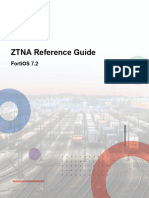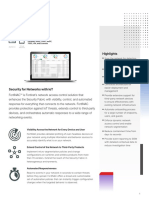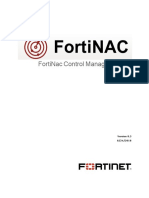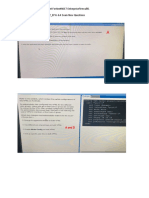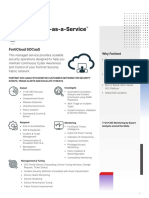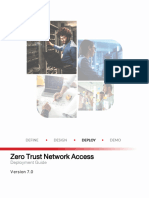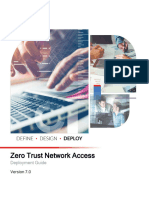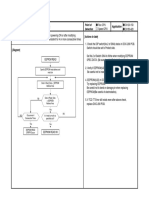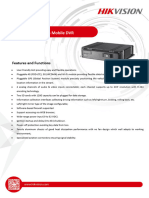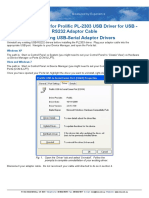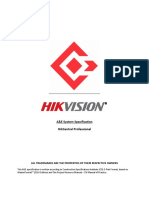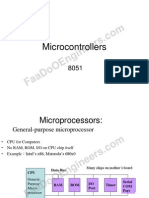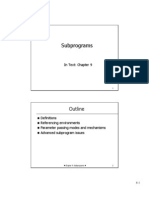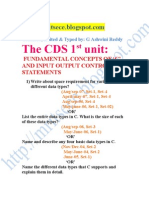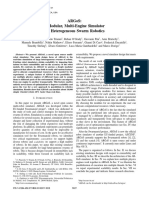0% found this document useful (0 votes)
785 views15 pagesFortiOS 7.4 ZTNA Reference Guide
The document provides reference information on FortiGate's Zero Trust Network Access (ZTNA) capabilities. It describes recommended and other supported endpoint posture checks for vulnerabilities, security settings, OS versions, and more. These checks help control network access based on the security posture of connecting devices.
Uploaded by
INSFP BATNA 2Copyright
© © All Rights Reserved
We take content rights seriously. If you suspect this is your content, claim it here.
Available Formats
Download as PDF, TXT or read online on Scribd
0% found this document useful (0 votes)
785 views15 pagesFortiOS 7.4 ZTNA Reference Guide
The document provides reference information on FortiGate's Zero Trust Network Access (ZTNA) capabilities. It describes recommended and other supported endpoint posture checks for vulnerabilities, security settings, OS versions, and more. These checks help control network access based on the security posture of connecting devices.
Uploaded by
INSFP BATNA 2Copyright
© © All Rights Reserved
We take content rights seriously. If you suspect this is your content, claim it here.
Available Formats
Download as PDF, TXT or read online on Scribd
/ 15
